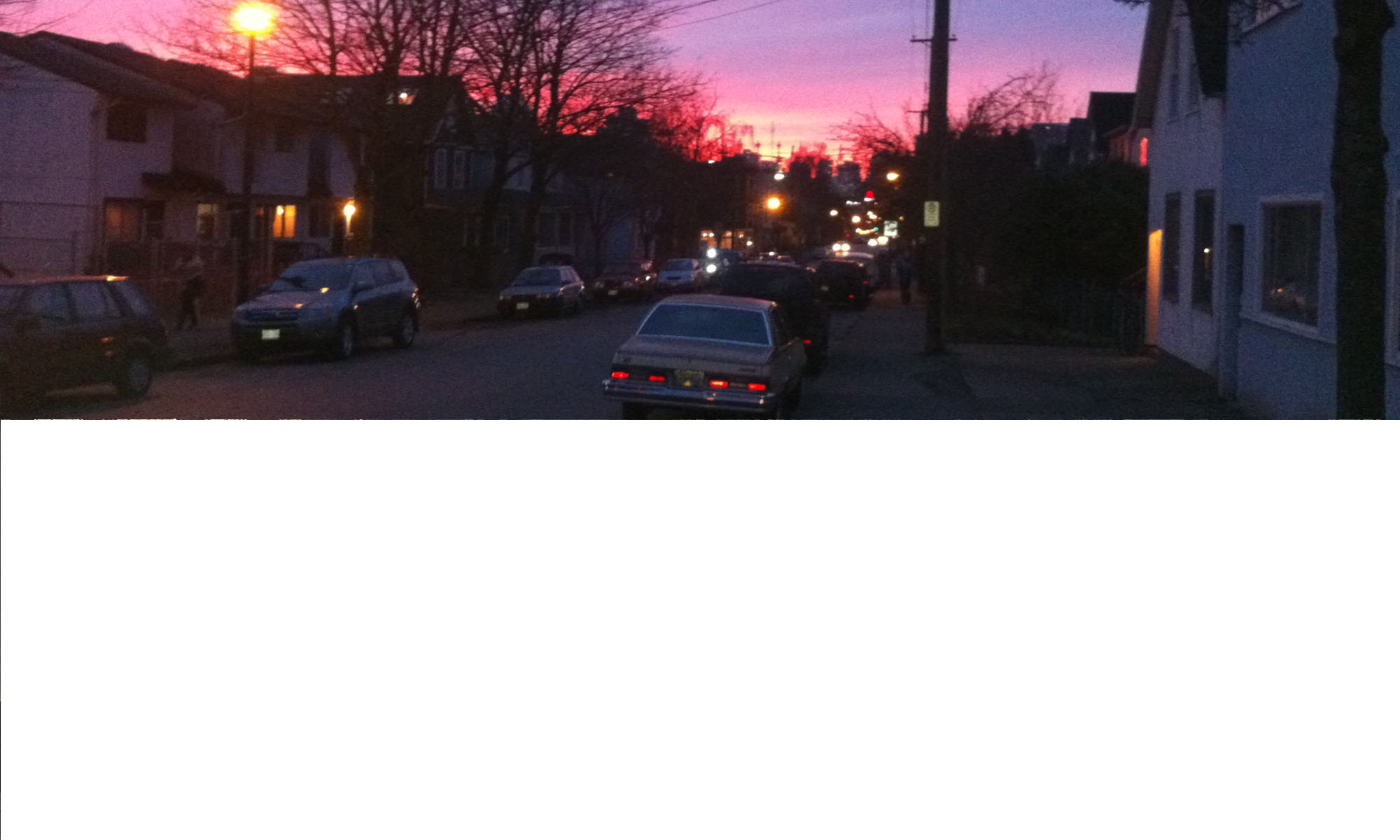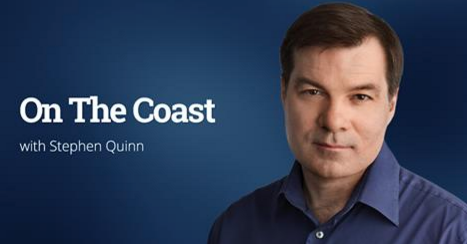Yesterday I spoke to CBC On the Coast about the recent op-ed from the local BIA about lack of consultation with regard to two new supervised injection sites proposed in the Strathcona area.
To be clear: I voiced support for these (and more) supervised injection sites, and making available free prescribed opiates (based on the harm reduction evidence established by both InSite and the NAOMI trials and the At Home/Chez Soi work). But politics being politics, some have twisted my comments to be anti harm reduction, which is NOT my position, and I pretty clearly articulate that on the audio link (below).
For some background: the issue I was responding to and that the BIA was reacting to all result from a lack of meaningful engagement between Vancouver Coastal Health and the community at large. It’s a broken process. In the absence of facts and information, rumours and innuendo abound. Last month I attended the local residents’ association meeting to assuage some of those fears and having gone to a VCH open house, I was able to explain the clinical models that the two proposed sites are providing and hopefully gain community support. Of course, I shouldn’t have to be the one to dispel rumours, but because VCH did a poor job of community engagement there was a lot of misinformation out there. That is the nut of the issue: community engagement.
VCH is a big player making big moves in the area.
The issue is not about the two new supervised injection site locations (which I support and advised the SRA to support and I understand the BIA supports). The issue is about how VCH operates in the community. Through a top down opaque process VCH chose to de-fund the long-standing community asset Gallery Gachet which provided positive peer support and art therapy to low income and otherwise marginalized people. Through a top down opaque process VCH’s Second Generation strategy was created completely independently and without working with the City-led citizen-engaged DTES Local Area Plan.
The other issue – the elephant in the room – is that while new Westbank condos promise to “revitalize Blood Alley”, and revitalization is gentrifying the unit blocks of Hastings, services and the street-level drug market are moving east. That’s actually happening, and VCH is a big player in that migration.
This isn’t to challenge health service delivery, but to have a conversation about the health of the entire community. We know that the street level drug scene is getting more violent and desperate. Talk to anyone who works down here, or check the recent VANDU (the drug users’ advocacy group) research work which confirms this (http://www.cbc.ca/…/downtown-eastside-drug-violence-1.37128…). We also know that more and more kids are using cheap fentanil-based street drugs, and we have a lot of vulnerable kids in the community. How do we manage these potential issues? We work together, we communicate, we separate facts from rumours, we opt for evidence over innuendo.
So the real ask is for Vancouver Coastal Health to come to the table and work with the community. The hopeful outcome, a supportive collaboration with VCH, VANDU, local residents and businesses to discuss strategies around the overall health and long term vision for the community, inclusive of all its residents.
I’m happy to say, as of this afternoon, that looks like it will happen: the City’s department of social policy just got in touch. They say it’s an overdue conversation and are happy to help organize it. Harm reduction advocates have reached out and agree that the process is broken, and through working together we can have better outcomes for everyone. BIA members are looking for Narcan training opportunities. So.. I’m tuning out the hacks and the haters and getting down to business.
http://www.cbc.ca/listen/shows/on-the-coast/segment/10658436

